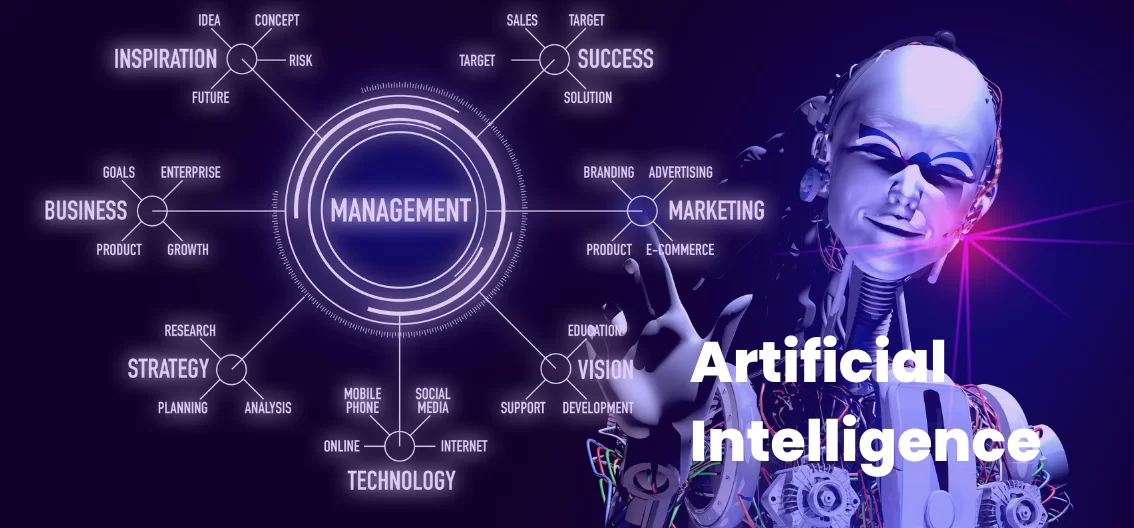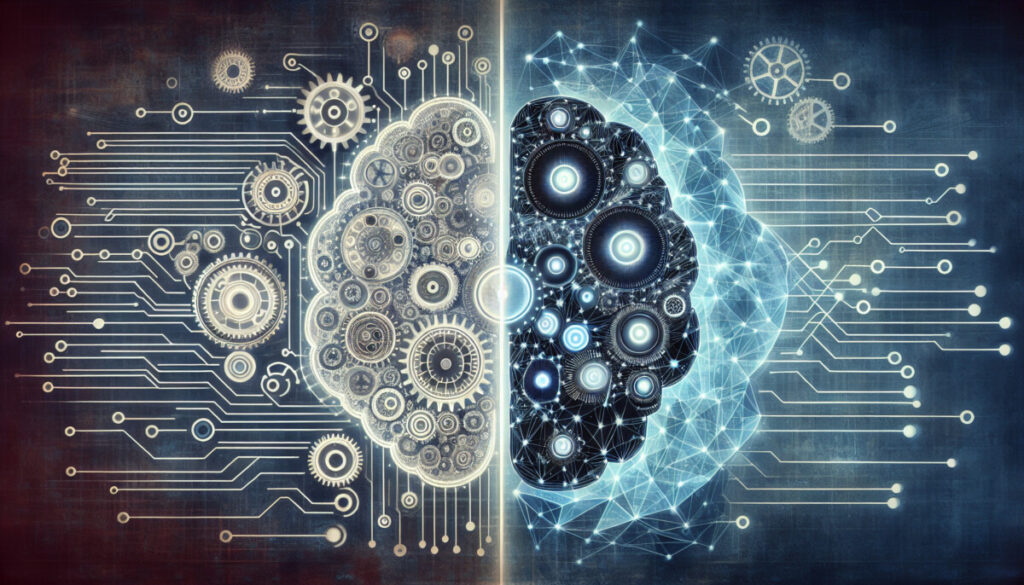AI
Navigating the Complex Landscape of AI Safety
16 September 2024
|
Zaker Adham
The debate over artificial intelligence (AI) safety began as early as the 1940s, long before AI became a part of everyday life.

While AI's initial presence was largely confined to science fiction, its rapid development, particularly with innovations like ChatGPT, has ushered in both remarkable possibilities and significant risks. Today, the concerns over AI safety have taken center stage, involving everyone from tech experts to government officials.
What is AI Safety?
AI safety aims to ensure that AI systems operate as intended without causing unintended harm. It is an interdisciplinary field encompassing ethics, technical safeguards, and regulatory policies. Governments globally, including the European Union and the U.S., have started implementing regulatory frameworks, and leading tech companies like OpenAI and Google are focusing on internal safety measures. However, these efforts are ongoing, as AI remains unpredictable and can exhibit undesirable behaviors such as bias or inaccuracies.
Key AI Safety Concerns Some of the major challenges in AI safety include:
- Reliability Issues: AI systems sometimes fail to perform consistently, which can have dangerous consequences, especially in sensitive areas like healthcare or autonomous vehicles.
- Bias in AI: AI systems often reflect biases found in their training data, which can result in discriminatory outcomes in sectors like banking or criminal justice.
- AI Hallucinations: Generative AI models occasionally produce false or misleading content, which, if left unchecked, can cause misinformation or legal troubles.
- Privacy Violations: AI systems require extensive data, often gathered without explicit consent, raising significant concerns about privacy and data security.
- Malicious Use: AI can be exploited for harmful purposes, such as creating deepfakes or facilitating cyberattacks.
- Autonomous Weapons: Some AI technologies, like lethal autonomous weapons, are already in use, raising ethical questions about their impact on human rights and warfare.

Solving AI Safety Issues Efforts to address AI safety are multifaceted. Governments worldwide are introducing regulations, such as the EU's AI Act, to ensure responsible AI development. Tech companies are introducing internal guardrails, like Anthropic’s “constitutional AI,” which incorporates ethical principles into its AI models to mitigate risks. Furthermore, researchers are working to make AI more explainable, offering insights into how decisions are made, while expert oversight ensures that these systems align with societal values.
AI safety is not just about technological advancement but ensuring that AI is used ethically and responsibly. The future depends on continuous monitoring and improvement to prevent potential risks while harnessing AI’s full potential.




